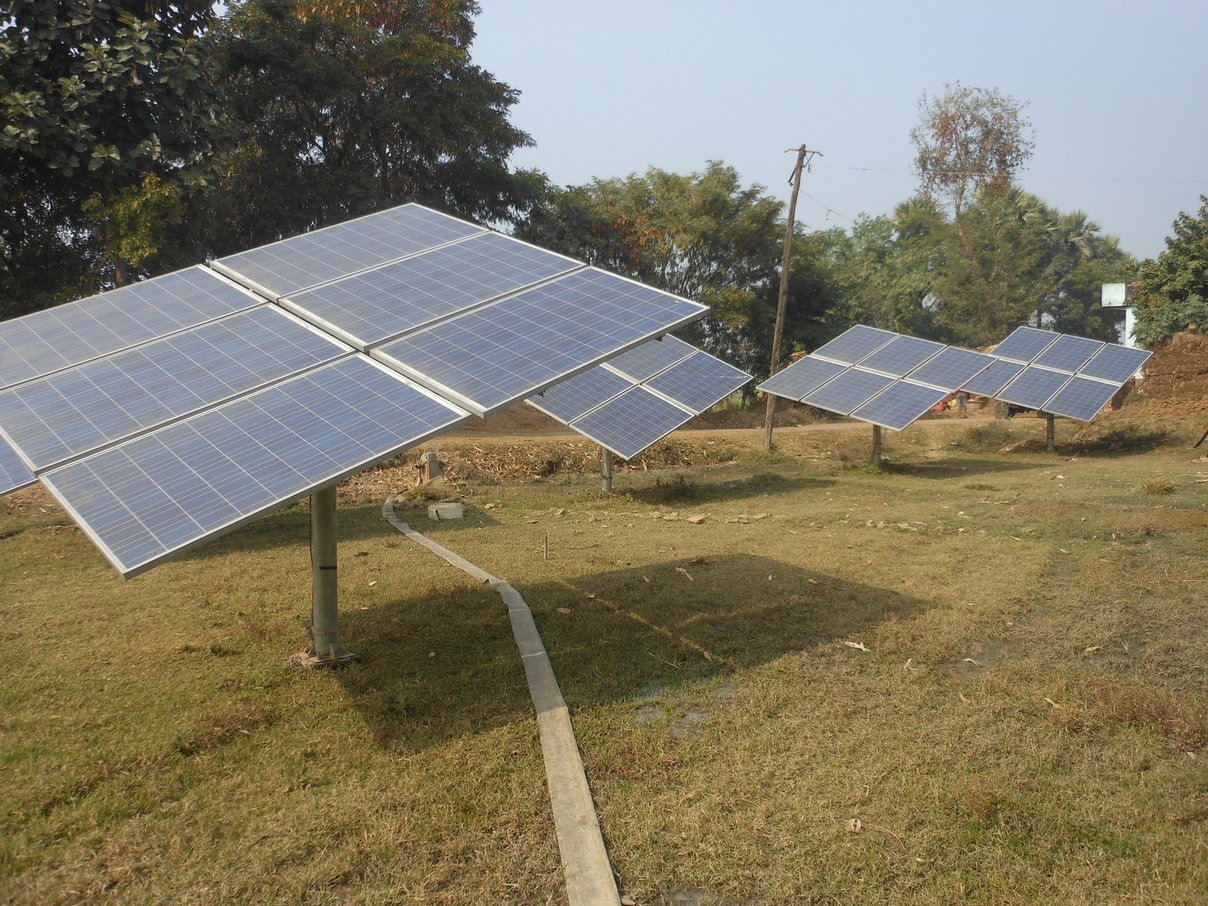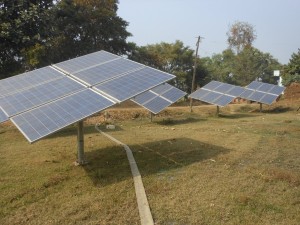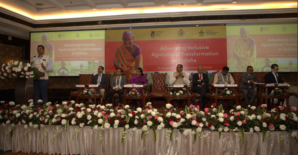Bihar recorded only 122 mm of rain in the month of June this year against the normal 169 mm—a deficit of 28 percent. IMD reported deficient or scant rains in 23 of the 38 districts and it had ruled out the possibility of good rainfalls till July 17th. This is the sixth year of irregular monsoon and drought-like conditions in Bihar in the last seven years.
What can government of Bihar do to deal with frequent droughts?
High cost of irrigation is a big reason why agriculture in Bihar is so vulnerable to droughts. If irrigation becomes more affordable, droughts would have much less impact on farm economy and the farmers.
At present, Government of Bihar provides cash subsidy of Rs. 25/liter on diesel to farmers in drought affected blocks to make irrigation more affordable for them. It is perhaps the largest conditional cash transfer scheme in agriculture sector in the developing world. Between 2008 and 2014, the state government allocated 17.6 billion rupees this scheme—to little effect. The scheme, though well intended, is poorly implemented.
The diesel subsidy scheme has some nice features. One, it does not distort prices. Farmers get cash subsidy. Two, opponents of cash transfers often worry that the value of the subsidy may not keep up with the price of the subsidized commodity. Not in this case. Government of Bihar promptly raised the subsidy from Rs. 10/liter to Rs. 25/liter as diesel prices increased. Three, there is much less paperwork involved in this scheme. Farmers do not have to submit proof of land ownership, and so, even a tenant can claim the subsidy if his neighboring farmer attests that he has irrigated his land.
The diesel subsidy scheme has been ineffective in spite of all these good features. We talked to 240 farmers in 16 villages of Nalanda to understand why. We found three major problems with the way the subsidy scheme works.
One, the subsidy money reaches farmers too late in the season. Only farmers in drought affected blocks qualify for subsidy. By the time a block is declared drought affected, it is often too late in the crop season. It make take much longer for the money to reach farmers.
The delay would matter less if farmers could count upon eventually getting the subsidy. But they cannot. What qualifies a block to be drought affected is not clear, transparent and automatic. This trigger needs to become automatic and transparent. Government of Bihar should outsource this decision to a technology institution like IIT-Patna or the state agriculture universities. They would track rainfall in all blocks of Bihar and declare a block drought affected in real time. Once a block is declared drought affected, all farmers there should automatically become eligible for subsidy and they should be able to collect it from their nearest bank or post-office.
Late and uncertain payments make the diesel subsidy more like a compensation for crop losses and not a conditional cash transfer, it is meant to be, to induce farmers to irrigate more to reduce the crop loss from drought.
Three, smallholders rarely get the subsidy. The transaction costs are too high for them. A farmer who cultivates 0.5 acre land is entitled to Rs. 375 in subsidy—in 3 installments of Rs. 125 each. He may have to spend up to Rs. 60-80 in transport costs and lost wages just to collect the subsidy from his block office. Government of Bihar should build a system of cell-phone based cash transfers system if it wants to reach all farmers.
Subsidizing diesel is an ad hoc measure to make irrigation affordable. Even if implemented well, it can only mitigate the impact of drought. With droughts becoming so frequent, Bihar needs programs for drought-proofing the agriculture. Economic gains from rapid GDP growth will come to a naught if agriculture remains vulnerable to droughts in Bihar. We saw this in 2009 when one big drought wiped out gains in poverty reduction from five years of double digit growth in state’s economy. The number of poor people living below poverty line (BPL) increased by 4.7 million between 2004-05 and 2009-10 even as the per capita GSDP grew at 6-8% per year. This misery is avoidable. Farm economy in Bihar can become more resilient to droughts.
The drought in 2009 was much more severe in Punjab, Haryana and Western Uttar Pradesh. Still, there was much more crop loss in Bihar mainly because farmers in Bihar pay 25-30 times more for a cubic meter of water than his counterparts in north-western India. Improving rural power supply can make groundwater irrigation affordable in Bihar too. It can be the best possible investment for drought-proofing agriculture and the most effective poverty reduction strategy for the state.
Rapidly falling price of solar panels offers another opportunity to make irrigation affordable. In 2012, the minor irrigation department of Bihar revived 34 public tubewells in Nalanda by connecting them to solar panels. Our research shows that farmers have benefited a lot from the solar powered tubewells. There are more than 5000 defunct public tubewells in Bihar. The defunct tubewells can be revived to provide affordable irrigation and drought proofing in 50 thousand to one lakh hectares of land if they are solarized and their management is turned over to farmers.
Read More Striving For Drought Proof Agriculture in Bihar, India




